Quick Links
- Regulatory Trends
- Global Trade Compliance and Sanctions
- Regulatory Lessons
- Safety in Minutes Video Series
- Fit for 55
- Regulatory News
- Safe Carriage of Industrial Personnel
- CARB Directory
- Electronic Record Books Under MARPOL and BWM Conventions
- EPL/SHaPoLi
- MEPC 82
- Maritime Cybersecurity
- Ship Construction File Archive
- FuelEU Maritime







































